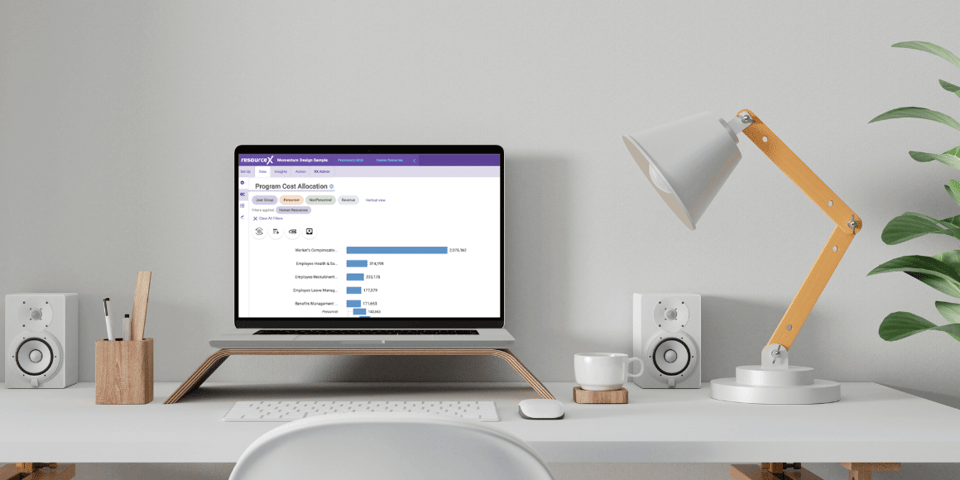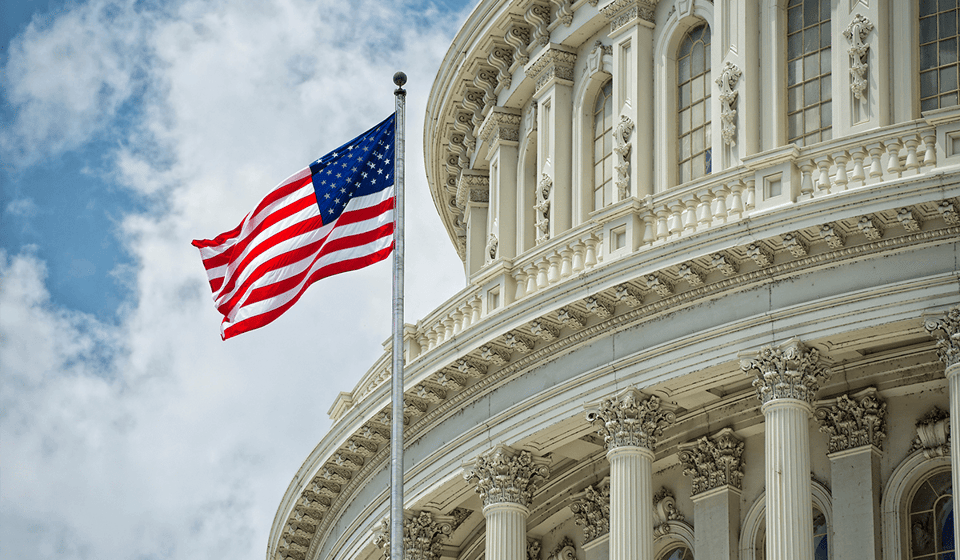Our world doesn’t just feel different than it felt a decade ago—it is different. These changes are felt most acutely at the community level as we grapple with complex issues like climate change, social inequity, and rampant public health crises.
In many communities, government leaders are looking for ways to take action on these issues, and the annual budget is a powerful tool for change. However, they are finding that the old way of doing things is insufficient. It’s time to forge a new path forward.
The first step in this journey is reexamining how funds are allocated to implement and support programs that address the community’s most critical needs. To achieve that goal, local governments need budgets that look beyond department-level line items and consider community priorities, service relevance, and return on results.
Government budgeting software can help local government and the public sector do more with their budgets as they move away from traditional budgeting practices toward budgets that support programs with high-alignment to their priorities rather than the status quo.
Here are three things you need to know about software for government agencies and how the right tools can help local governments meet the needs of their communities:
Local Government Budgeting Software Shows the Bigger Picture
When you’re dealing with complex public and community issues, you need to see the full impact of every budgeting decision across all departments. This level of granularity isn’t possible with traditional budgeting approaches.
Traditional budgets track line items by department but don’t organize them by the programs and services local governments actually provide. This makes it difficult to understand where each line item goes and how it affects downstream outcomes.
Conversely, government budgeting software is designed to help local government and public sector agencies get the information they need to drive data-backed financial and budgeting decisions and set strategic priorities.
By creating a holistic view of how personnel, non-personnel, and revenue budget allocations in one department or program impact available budget and outcomes in other departments or programs, decision makers can forecast needs and measure costs versus value more effectively.
Government Budgeting Software is Flexible, Transparent, Collaborative, and Compliant
Traditional budgeting approaches lack many capabilities that empower local governments to optimize their resources and streamline the budget development process.
For example, the right government budgeting software solution can provide finance and budgeting teams with a broad range of benefits, including:
- Multi-fund budgeting capabilities
- Reporting and analysis
- Planning and forecasting
- Budget development and deployment
- Communication and transparency
- Increased visibility
- Access and version control
- Compliance with government reporting standards
Government Budgeting Software Helps Align Resources with Outcomes
Implementing government budgeting software allows local government and public sector agencies to identify and provide funding for the programs and services that most benefit their communities.
This approach is in stark contrast to traditional budgeting, which takes more of a rigid, all-or-nothing tack.
Traditional budgeting is based on historical budgets, in which past decisions are frozen past the point they are affordable or relevant. There is support for across-the-board budget cuts that encourage a zero-sum game in which for one party to win, someone else must lose.
Line-item budgets focus on accountability for staying within spending limits. However, those line items don’t speak to how spending impacts big-picture results within the community, such as public safety, mobility, health, and equity.
Priority-based budgeting, on the other hand, aligns resources and funding with community priorities and outcomes. Rather than across-the-board cuts, this approach reduces funding based on the value of the program or service.
The priority-based approach describes the budget in terms of programs—such as park maintenance, youth literacy programs, and election oversight. This approach is more relevant to how residents and elected officials experience government services. The focus of priority-based budgeting is on accountability for the results that formed the basis of a program’s budget allocation, not whether the program stayed within spending limits regardless of the outcome.
Take a Deeper Dive into Government Budgeting Software and Priority-Based Budgeting
Government budgeting software helps local governments switch from limited-visibility line-item decisions to data-backed outcomes that ensure efficient and effective resource allocation aligned with the priorities of their communities.
Download the ResourceX e-book, Top Four Local Government Services That Need a Budgeting Overhaul to learn more about how some pioneering local governments use priority-based budgeting and technology to enable and empower much-needed change within their communities.








